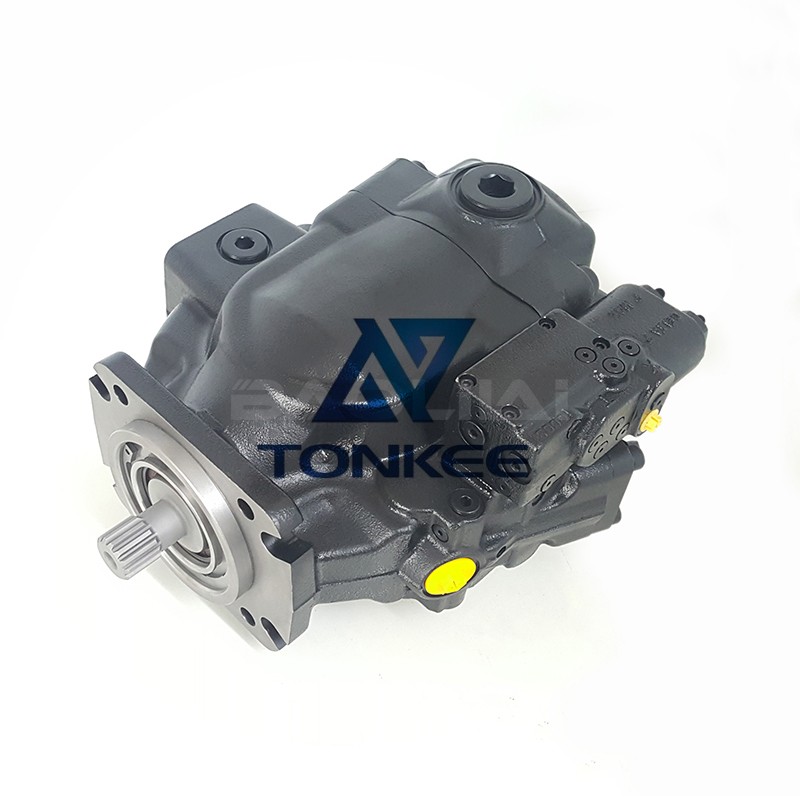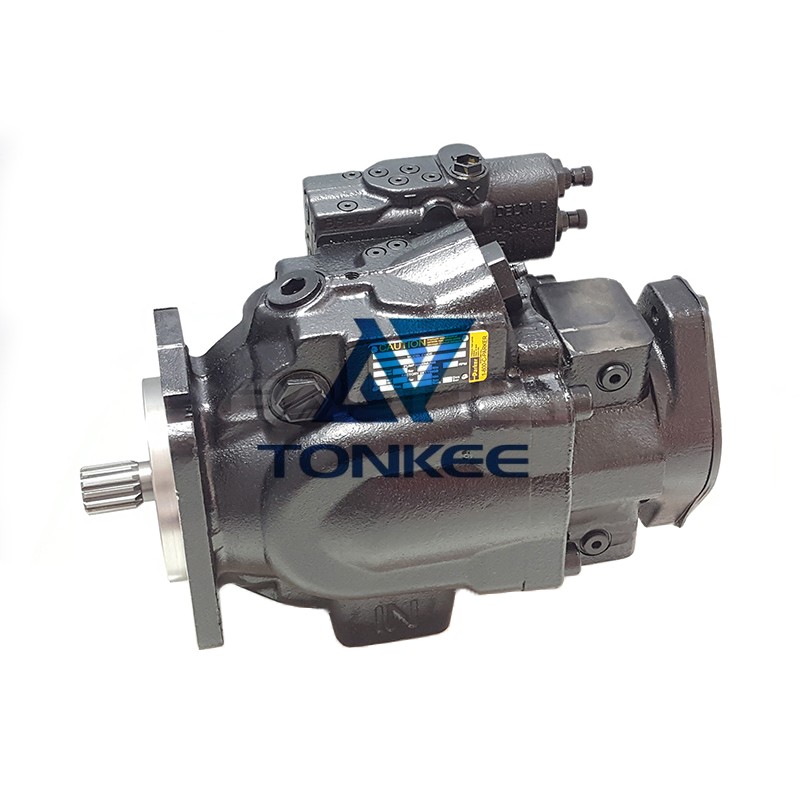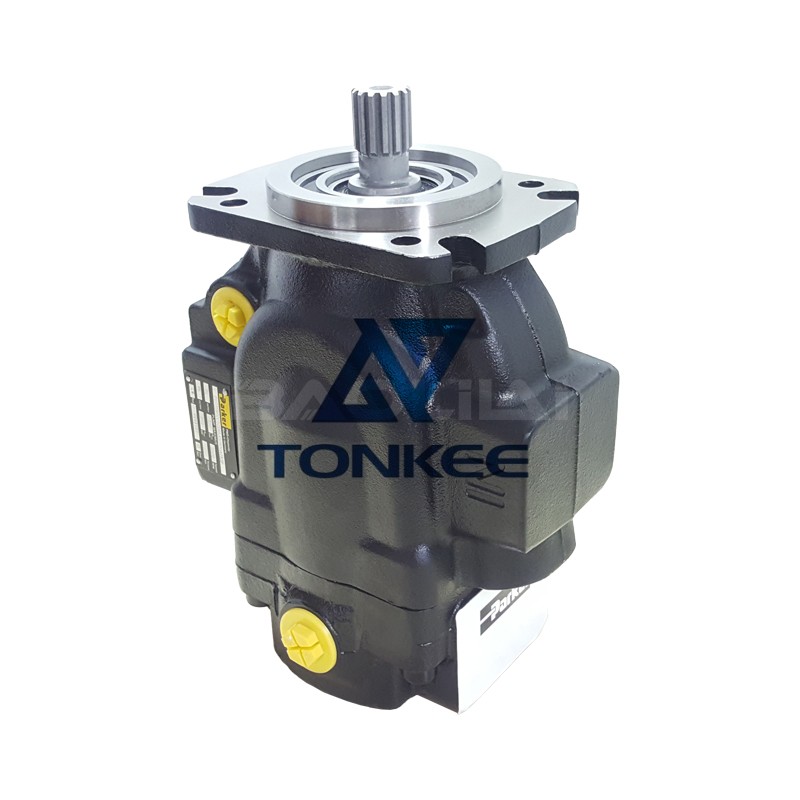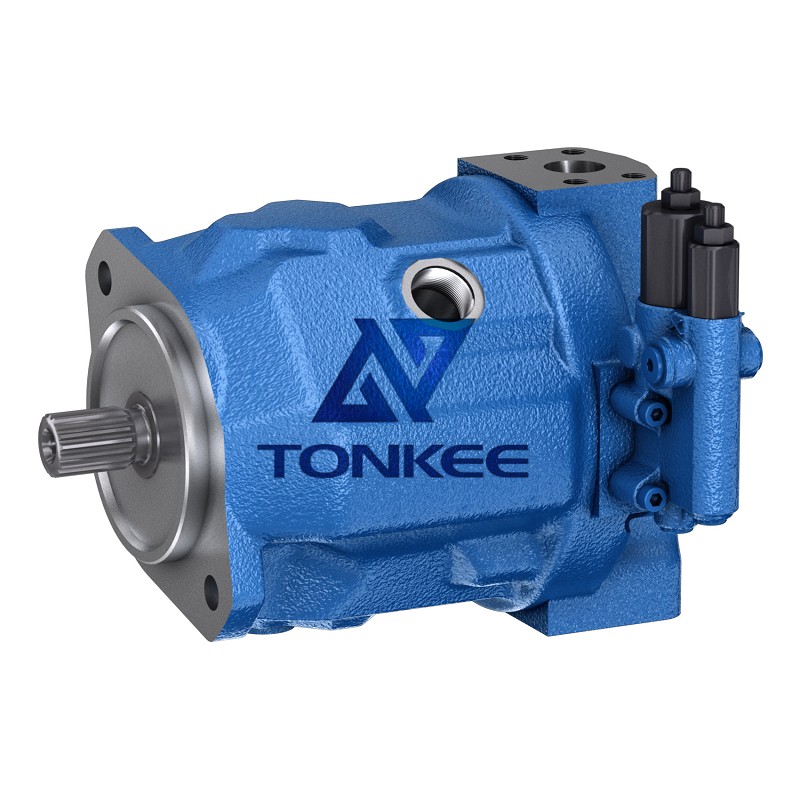
Pump Housing: The pump housing is an essential component that encloses the internal parts of the pump and provides structural integrity.
It is typically made of high-strength materials such as cast iron or steel to withstand high pressure and ensure durability.
Rotor and Vanes: The rotor is the central rotating element of the pump, while the vanes are the components that slide in and out of the rotor slots. Replacement rotor and vanes should match the original specifications to maintain proper pump performance. These components are often made of materials like carbon composite or steel for strength and wear resistance.
Shaft Seal: The shaft seal prevents leakage of hydraulic fluid along the rotating shaft. It is crucial to select replacement shaft seals that are compatible with the P3 series pump's design and fluid compatibility requirements. Common types of seals include lip seals, mechanical seals, and O-ring seals.
Bearings: Bearings provide support and reduce friction between moving parts in the pump. Replacement bearings should have the same dimensions and load-bearing capacity as the original ones. Common types of bearings used in hydraulic pumps include ball bearings and roller bearings.
Port Connections: The P3 series pump has specific port connections for fluid inlet and outlet. Replacement parts must have the correct thread type, size, and pitch to ensure proper fluid flow and prevent leaks. Common thread types include NPT (National Pipe Taper), BSPP (British Standard Pipe Parallel), and SAE (Society of Automotive Engineers).
Relief Valve: The relief valve is responsible for regulating the pressure within the hydraulic system. Replacement relief valves should match the P3 series pump's pressure rating and flow capacity to ensure system safety and efficiency. It is essential to consider factors such as cracking pressure and valve type (direct-acting or pilot-operated) when selecting a replacement relief valve.
Drive Coupling: The drive coupling connects the pump to the power source, such as an electric motor or an engine. Replacement drive couplings must match the P3 series pump's input shaft dimensions and coupling type (e.g., jaw coupling, gear coupling) for proper power transmission.
Filtration Elements: Hydraulic systems require clean fluid to operate efficiently and prevent damage to internal components.
Replacement filtration elements, such as filters or strainers, should have the same filtration rating and capacity as the original parts to ensure effective removal of contaminants.
Mounting Flange: The mounting flange enables secure installation of the pump onto the system. Replacement mounting flanges should match the P3 series pump's mounting pattern, bolt hole dimensions, and orientation to ensure proper alignment and stability.







 English
English português
português Русский язык
Русский язык










